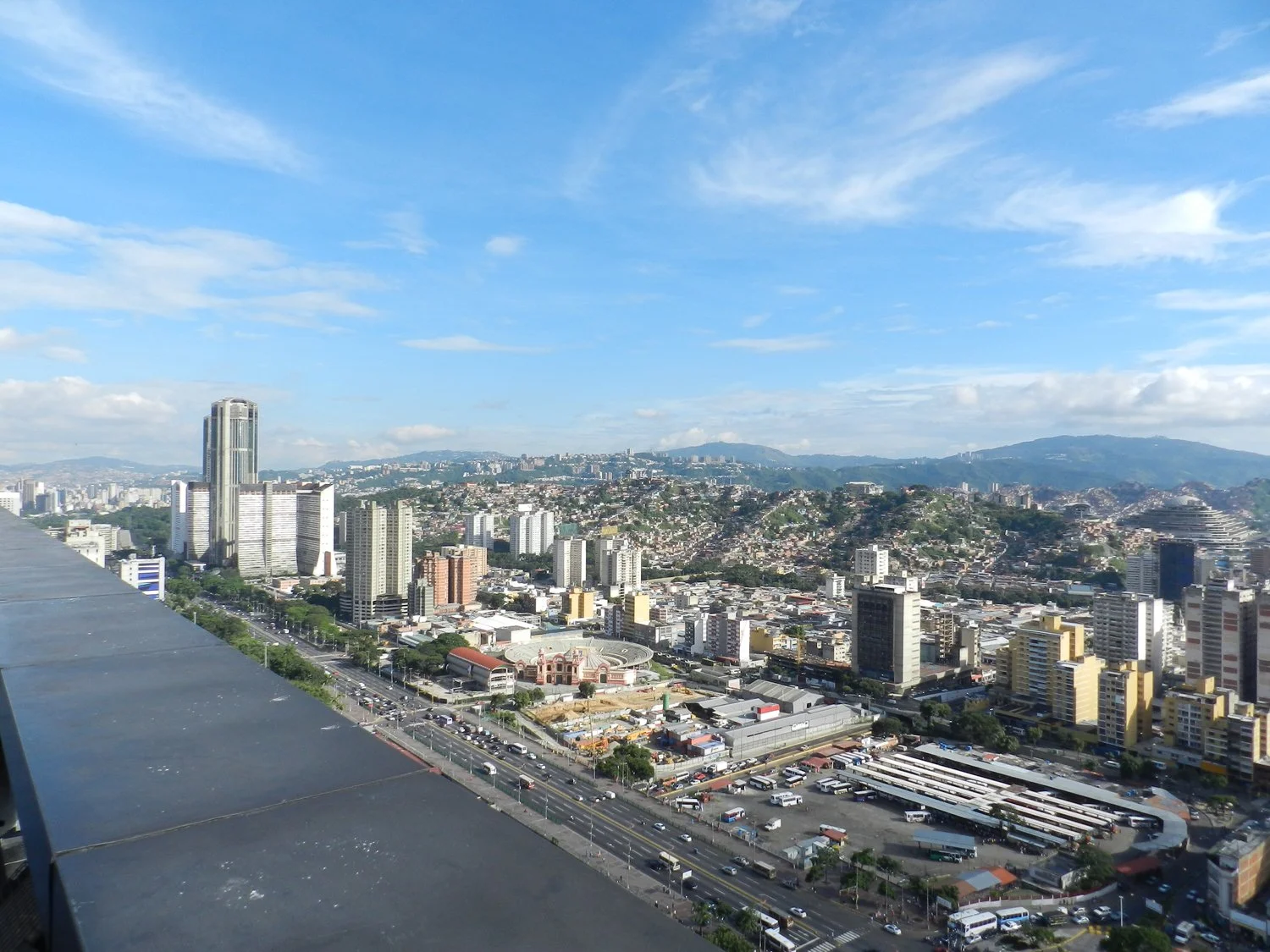By Rodrigo Acuña
14 June 2015
In early December 2014, when the Union of South American Nations (UNASUR) established its headquarters in the city of Mitad del Mundo in Ecuador, the Obama administration remained largely silent. At the International Monetary Fund (IMF) though a different position was taken as its director Christine Lagarde said that the integration processes taking place in Latin America resembled a ‘spaghetti bowl’ and needed to be rejuvenated.
In response to these comments, the Secretary General of UNASUR, Ernesto Samper – former president of Colombia from 1994 to1998 – said that the ‘IMF has no moral authority to come and give any recommendations, given that for many years we were subjected to their conditions truncating any possibility of progress.’ Samper added that Lagarde ‘should worry about what is happening in Europe, a lasagne plate where two countries eat cheese and meat leaving pasta for the rest.’
This short diplomatic clash received little international news coverage, and if you have never heard of UNASUR you are certainly not alone. Look through the pages of The New York Times or The Washington Post and you will be hard pressed to find any in-depth article on this regional body. Despite this, UNASUR certainly merits attention.
Established by Argentina, Brazil, Bolivia, Colombia, Chile, Ecuador, Guyana, Surinam, Paraguay, Peru, Uruguay and Venezuela in May 2008 these 12 South American countries signed the Consecutive Treaty creating UNASUR. Originally designed to promote the economic integration of South America after numerous unresolved issues within the Southern Common Market (MERCOSUR), the new organisation ultimately conceded to the lobbying by the then Hugo Chávez government in Venezuela. From the perspective of Caracas, UNASUR needed to have a social agenda and be a forum to resolve regional issues without the meddlesome presence of the US.
UNASUR’s institutional capacity was put to the test almost immediately after its creation. By September 2008, right-wing separatists in Santa Cruz were threatening to secede from the Bolivian state, whose government is headed by the Movement for Socialism (MAS) and President Evo Morales – the country’s first indigenous president. With evidence of the US channelling funds to the opposition coming to light and violent attacks being carried out against government offices and MAS members, Bolivia was heading towards a right-wing coup d’état.
Historically, had a coup taken place, the matter would have then been discussed at the Organisation of American States (OAS) – the dominant regional institution for resolving inter-American affairs. Established in 1948, during the Cold War the OAS served Washington’s interests in the region while Latin American countries, although at times disagreeing with the US, all too often kowtowed to its interests. Whether it be the OAS’s record on the overthrow of the progressive Árbenz administration in Guatemala in 1954, the suspension of Cuba from the organisation in 1962, or its stance during the 1989 US invasion of Panama, its history is tarnished by coup d’états, US invasions and brutal military regimes which counted on OAS support for international legitimacy.
At UNASUR, Washington’s absence has meant that South American countries can debate regional issues without having to deal with its officious diplomatic presence. During the 2008 crisis in Bolivia for example, the Presidents of Argentina, Bolivia, Brazil, Chile, Colombia, Ecuador, Paraguay, Uruguay, and Venezuela attended an emergency UNASUR meeting in Santiago, Chile. Offering its full support for Morales, UNASUR in its final declaration stated that it would not recognise any scenario ‘that implies an intent of civil coup d’état’ aimed at violating the constitutional order and compromising the territorial integrity of Bolivia. Since the Bolivian crisis in 2008, UNASUR has held several other emergency presidential meetings.
In 2009, the organisation lobbied unsuccessfully to see the Honduran President Manuel Zelaya returned to power after he was removed from office via a military coup. A year later, UNASUR again met after Ecuador’s President Rafael Correa was briefly held hostage in a military hospital as a group of rebellious police officers expressed their discontent that sections of US aid had been cut by Correa. In Paraguay in 2012, after the country’s Senate dubiously removed the moderate centre-leftist President Fernando Lugo from office, UNASUR quickly met, expelled Paraguay from its ranks and imposed various sanctions.
In March 2014, when violent opposition protests broke out in Venezuela after the presidential elections resulting in numerous deaths, UNASUR backed the version of events conveyed by the government of President Nicolás Maduro. As an example of the diminished influence of Washington, a similar scenario unfurled at the OAS as only the US and Panama opposed a resolution in favour of Caracas and the peace initiative it proposed to resolve the opposition-instigated conflict.
In other developments, UNASUR has already established a South American Defence Council (SADC) and approved a regional passport. Again few of these developments are widely known. As the late Hugo Chávez said during the 2008 Bolivian crisis, and perhaps best capturing the spirit of the changing political landscape, ‘[f]or the first time in our history, we, the South Americans, are demonstrating that we are capable of understanding each other and searching for common solutions.’
